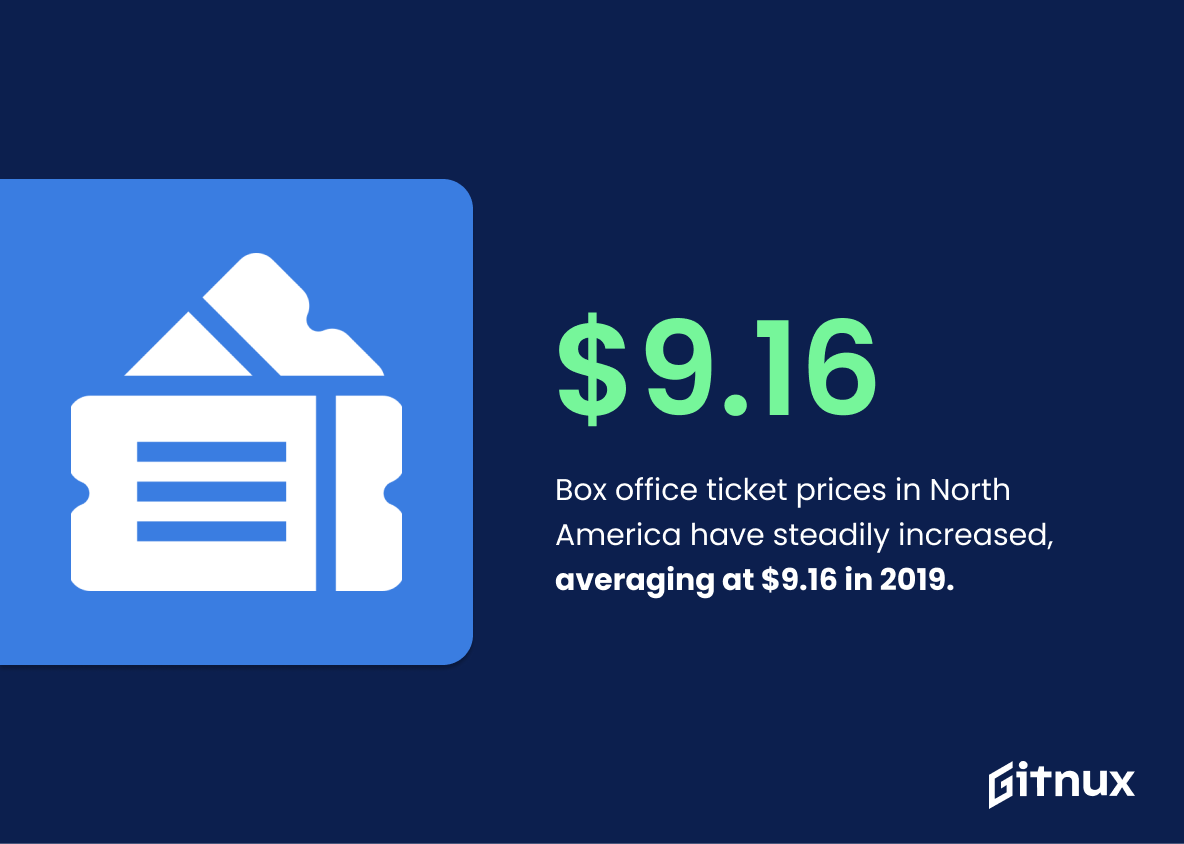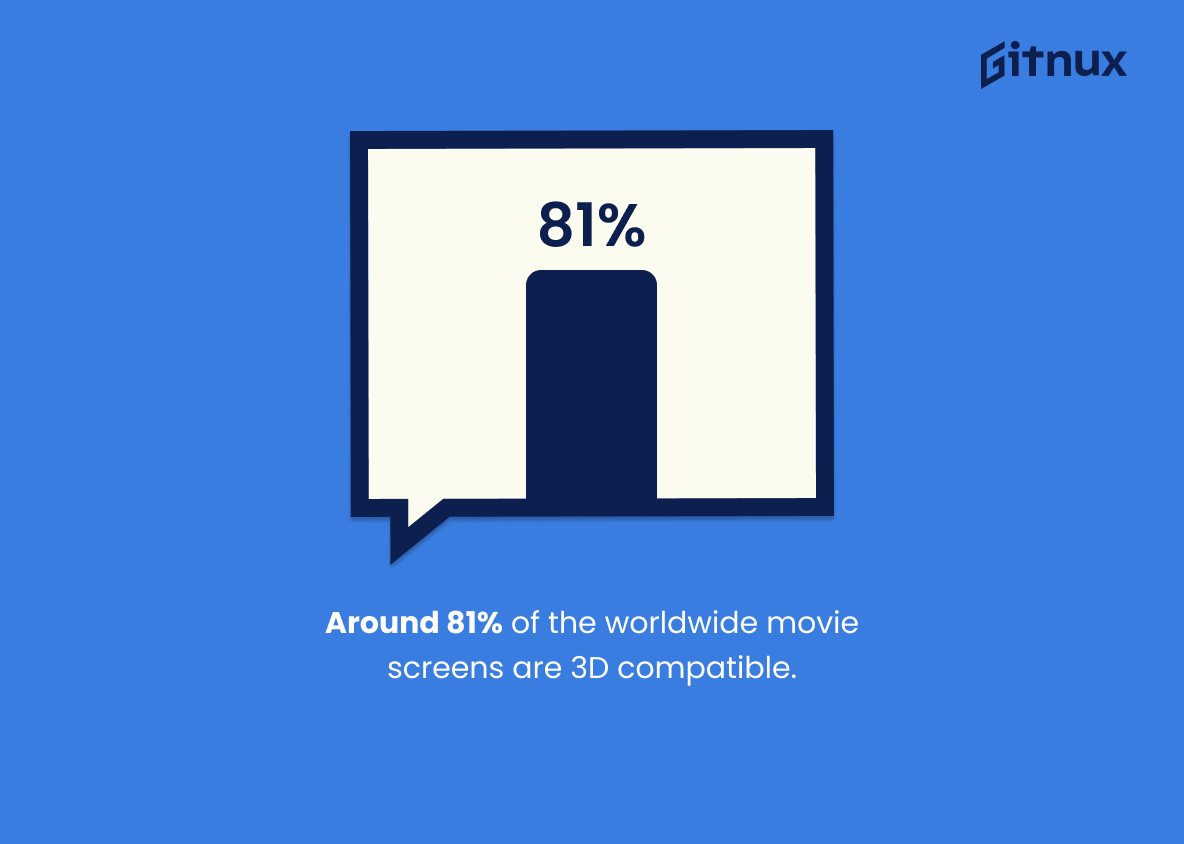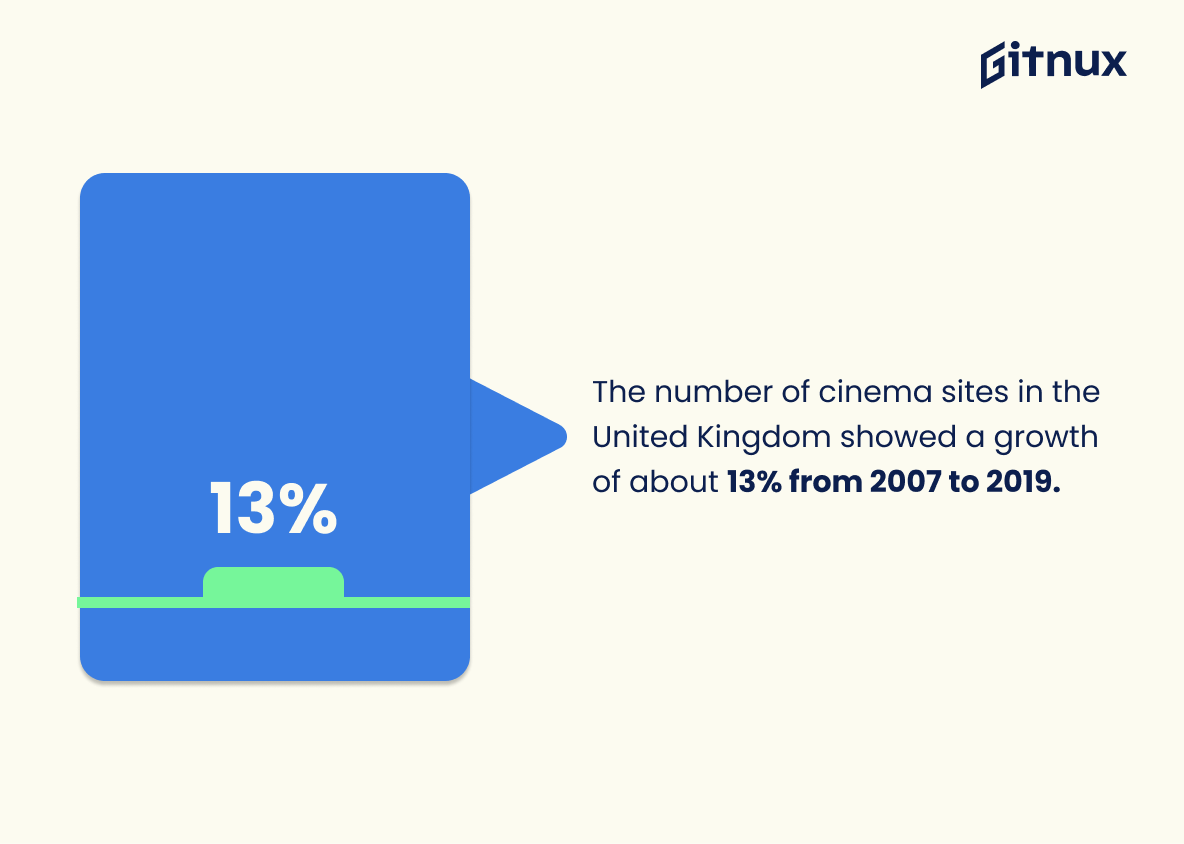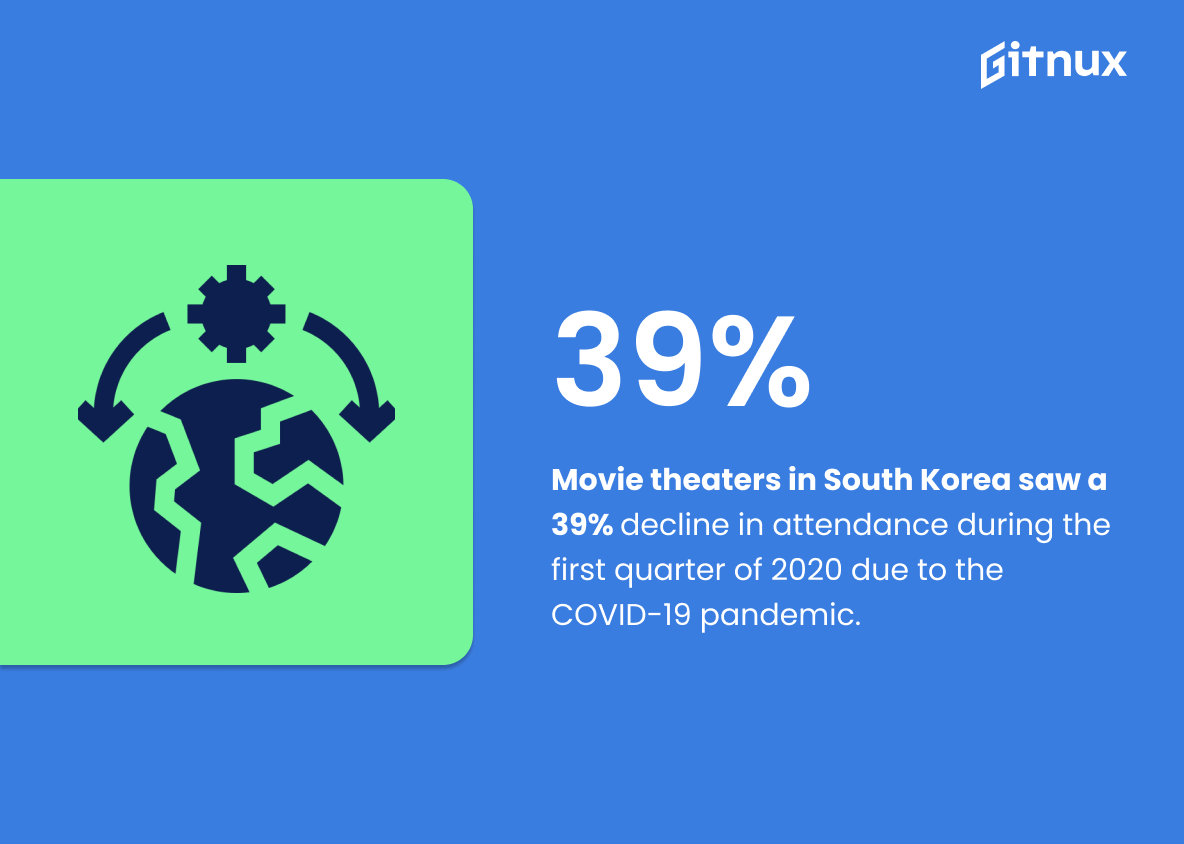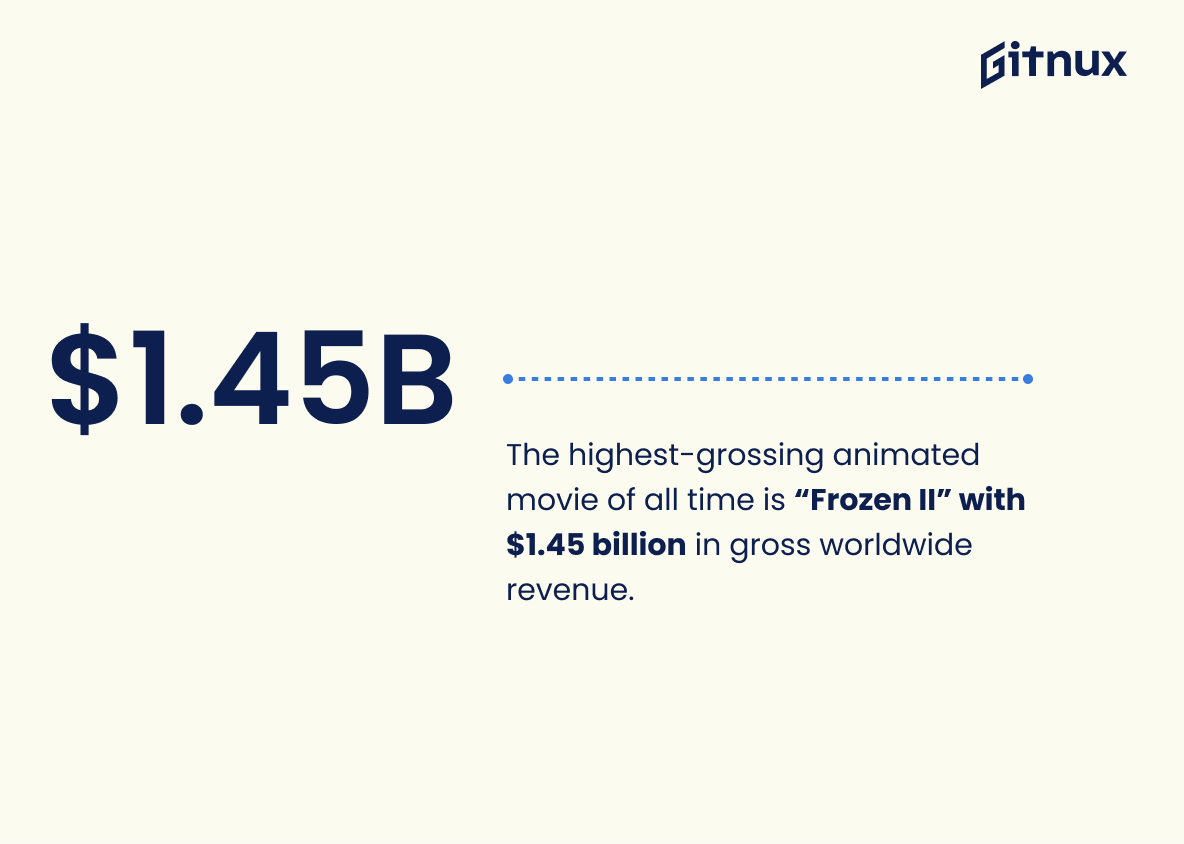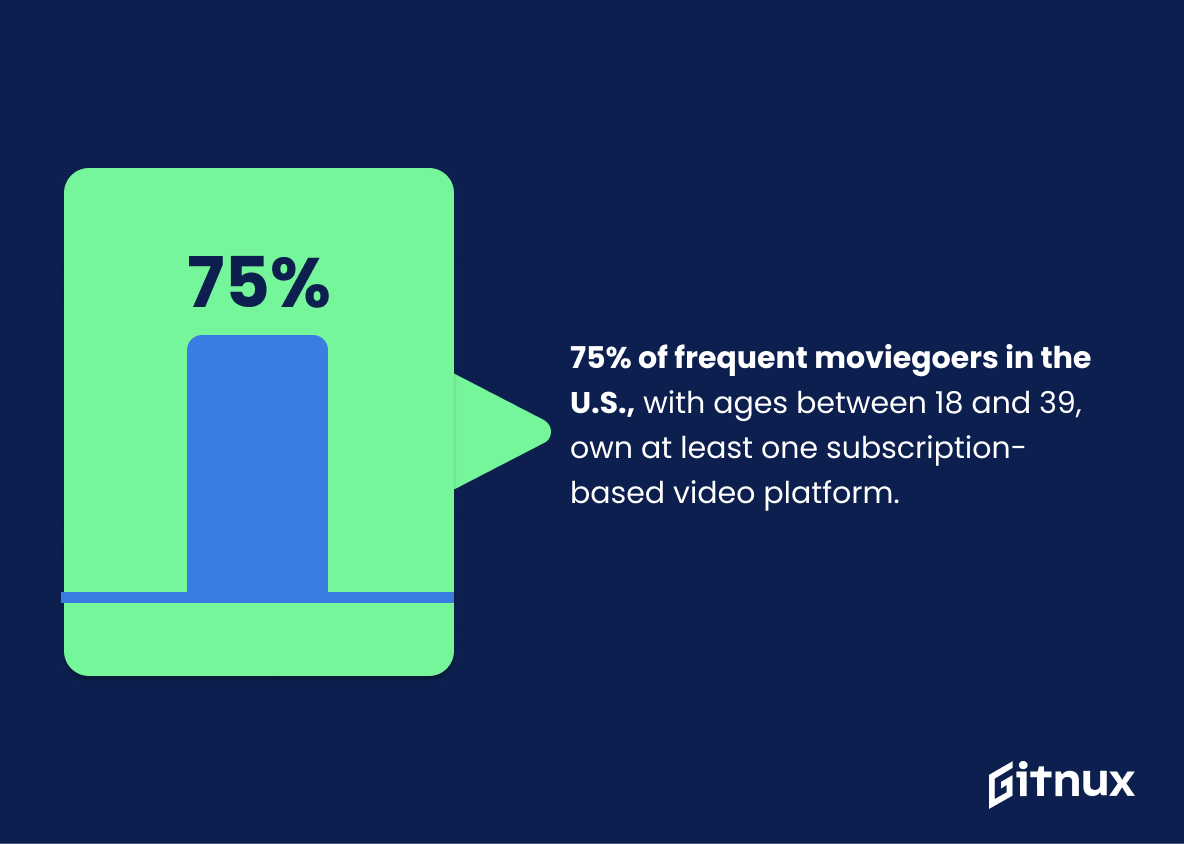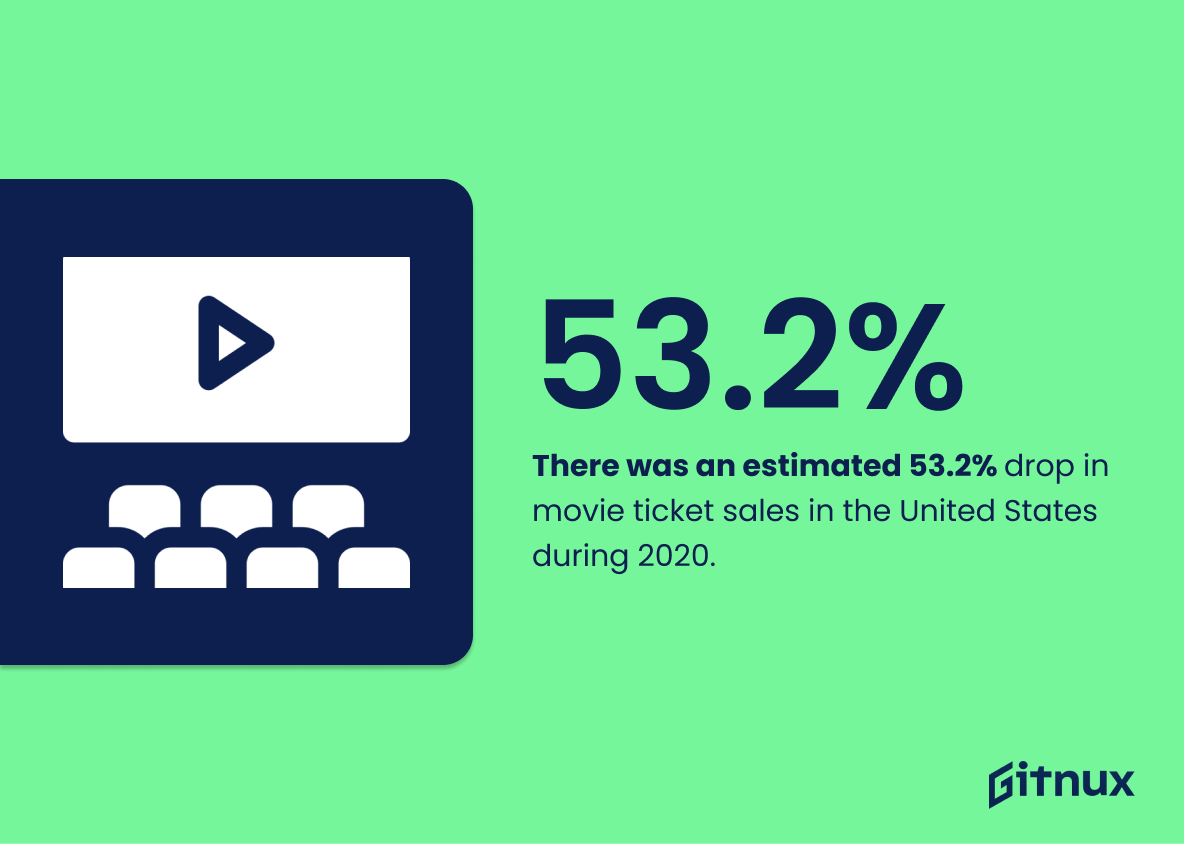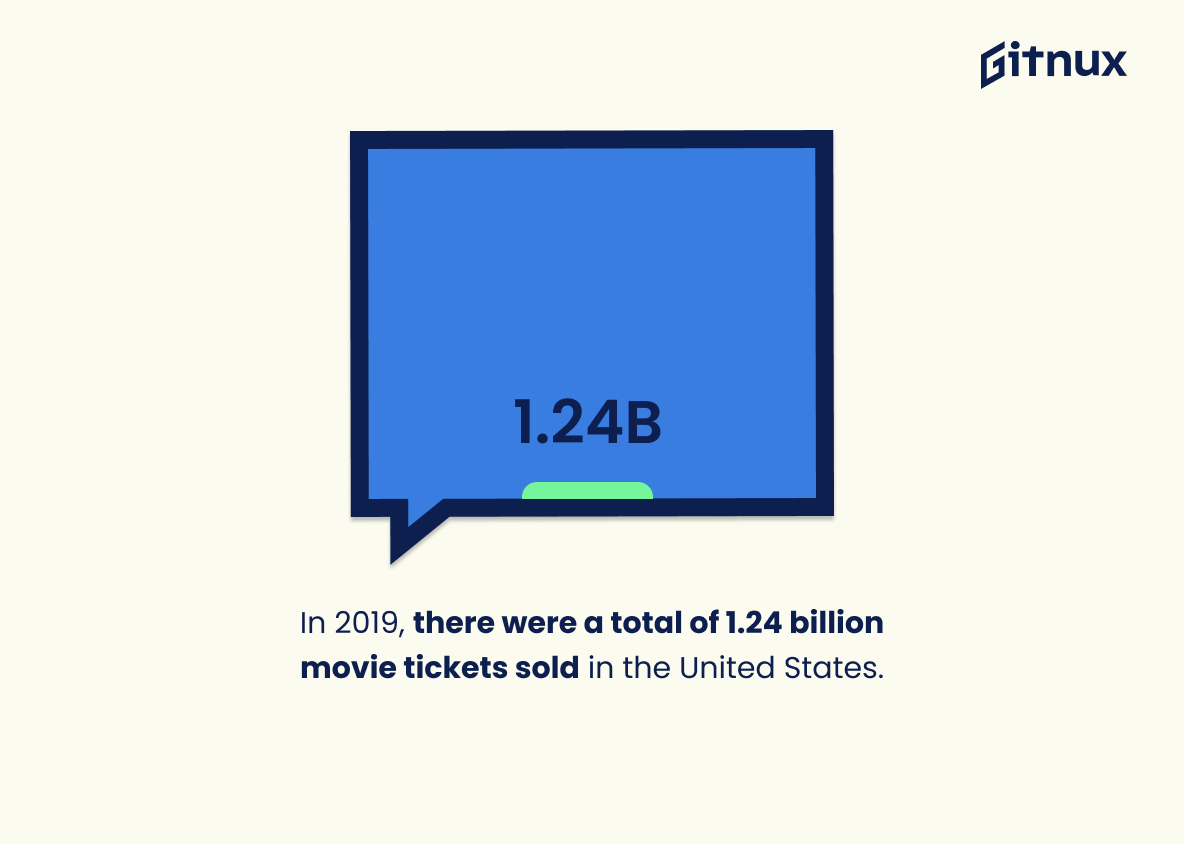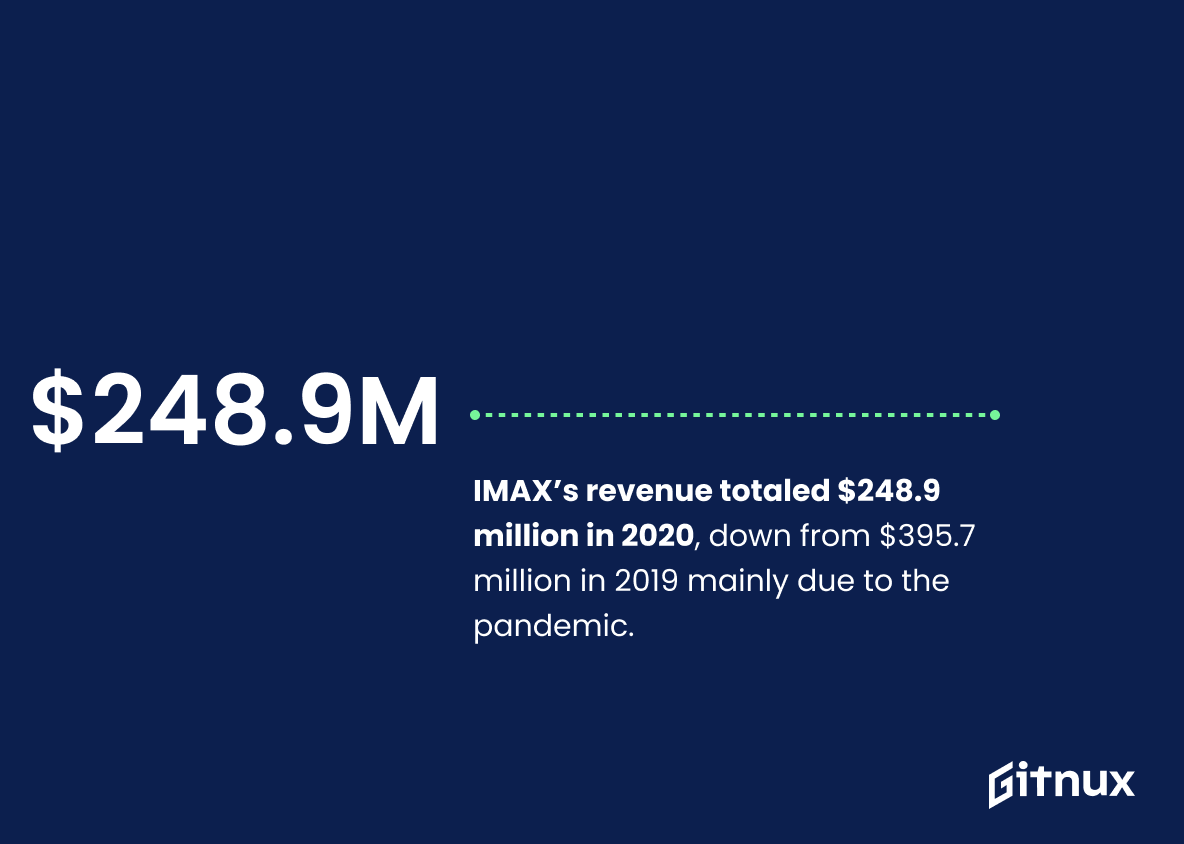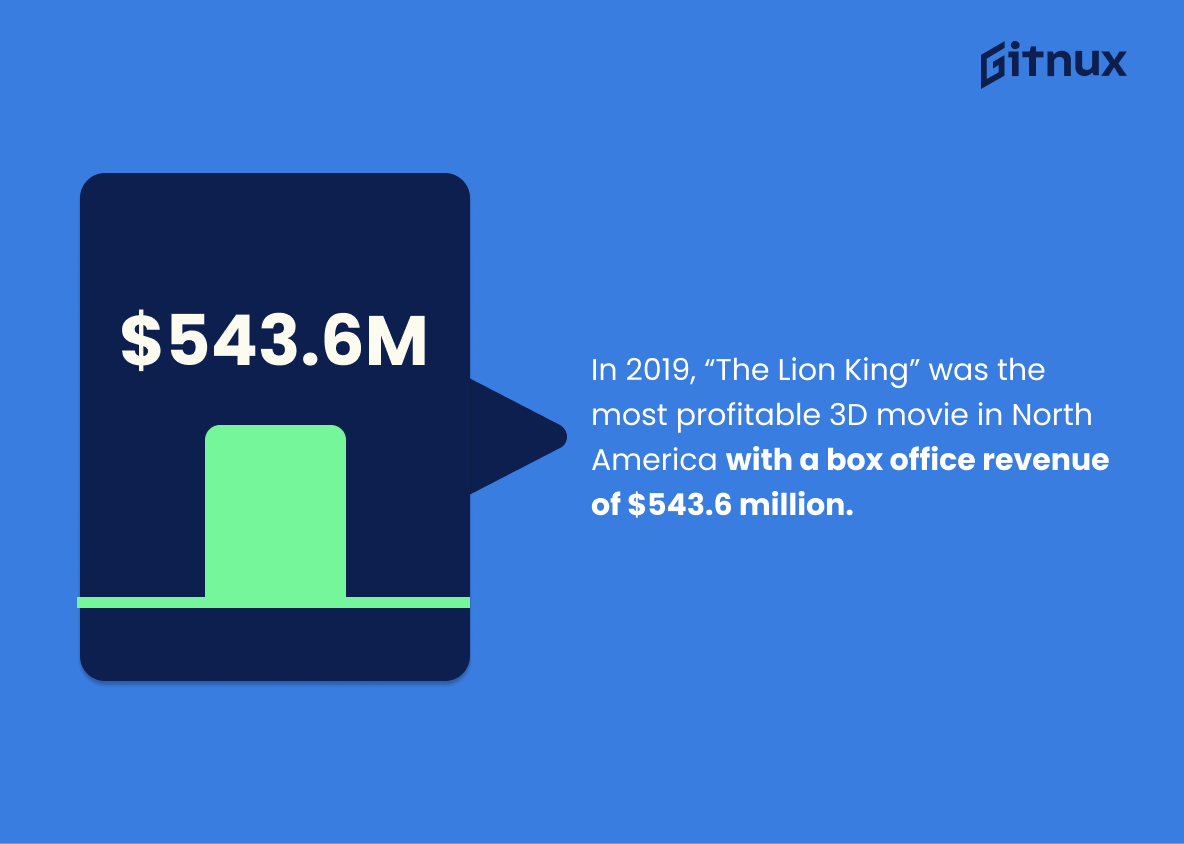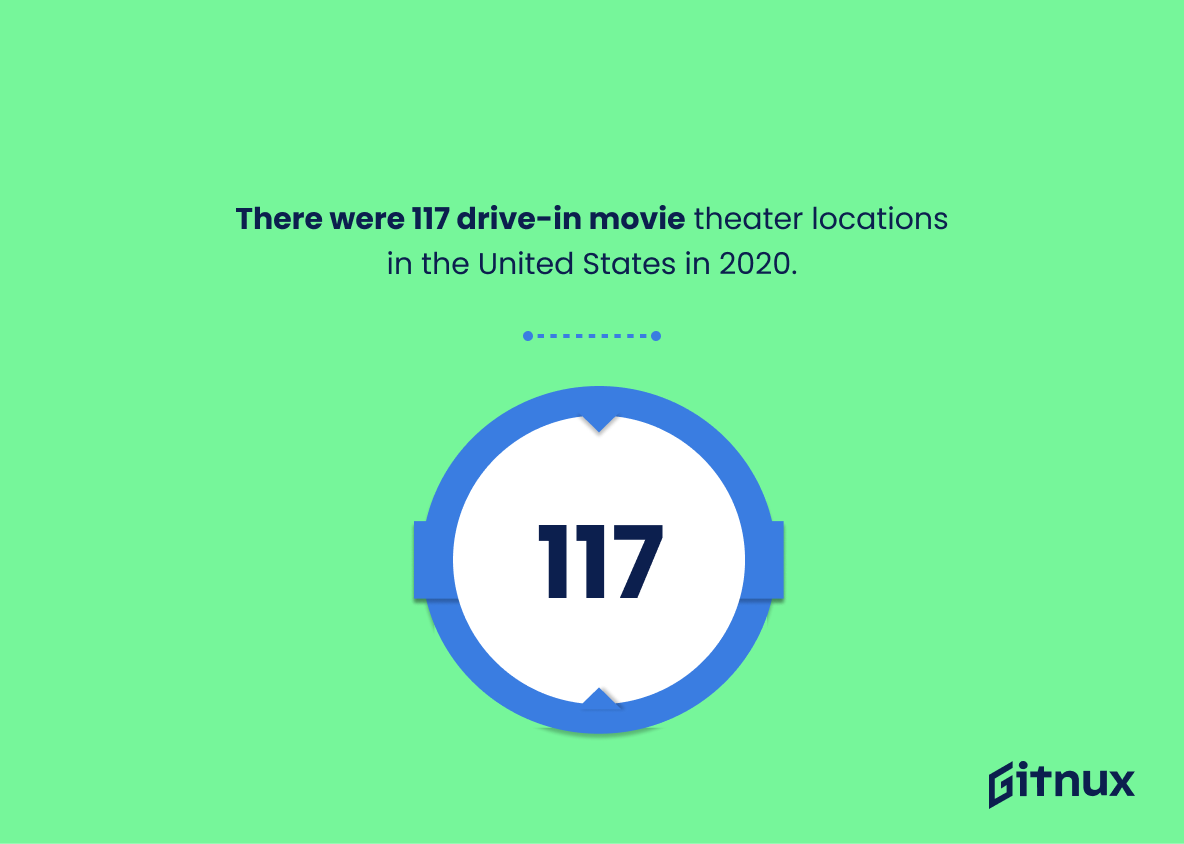The movie theater industry is an ever-evolving sector that has seen a number of changes in recent years. From the rise of streaming services to the impact of COVID-19, it’s important to stay up to date on all the latest statistics and trends related to this industry. In this blog post, we’ll take a look at 20 key facts about the movie theater industry from around the world including revenue generated, ticket prices, box office success stories and more.
This statistic is a testament to the immense success of the movie theatre industry in the United States in 2019. It highlights the fact that movie theatres are still a popular and profitable form of entertainment, despite the rise of streaming services and other home entertainment options. This statistic is an important reminder that movie theatres are still a viable business and a great source of entertainment for many people.
There were over 40,000 movie screens in the USA in 2017.
This statistic is a testament to the enduring popularity of movie theatres in the USA. It shows that despite the rise of streaming services and other home entertainment options, movie theatres remain a popular destination for people looking to enjoy a night out. This statistic is a reminder that the movie theatre industry is still a major player in the entertainment industry.
Movie Theatre Industry Statistics Overview
Box office ticket prices in North America have steadily increased, averaging at $9.16 in 2019.
This statistic is indicative of the fact that the movie theatre industry is still thriving despite the rise of streaming services. It shows that people are still willing to pay for the experience of going to the movies, and that the industry is still a viable option for entertainment. This is an important statistic to consider when discussing the movie theatre industry, as it demonstrates that the industry is still a viable option for entertainment.
Around 81% of the worldwide movie screens are 3D compatible.
This statistic is indicative of the growing trend of 3D movies in the movie theatre industry. It shows that the majority of movie theatres are now equipped with the technology to show 3D films, which is a testament to the increasing popularity of 3D films. This statistic is important for anyone interested in the movie theatre industry, as it provides insight into the current state of the industry and the direction it is heading.
The average budget for a Hollywood movie in 2021 was $90 million.
This statistic is a telling indication of the current state of the movie theatre industry. It shows that the industry is still investing heavily in big-budget films, despite the challenges posed by the pandemic. This suggests that the industry is confident in its ability to draw audiences back to the theatres, and that it is willing to invest in the production of high-quality films. This is a positive sign for the future of the movie theatre industry.
The number of cinema sites in the United Kingdom showed a growth of about 13% from 2007 to 2019.
This statistic is a testament to the resilience of the movie theatre industry in the United Kingdom. Despite the challenges posed by streaming services and other digital media, the number of cinema sites in the UK has grown steadily over the past decade, indicating that the industry is still thriving. This is an encouraging sign for those invested in the movie theatre industry, and a reminder that the industry is still a viable option for entertainment.
Bollywood produces more films per year than Hollywood, with around 1500-2000 movies annually.
This statistic is a testament to the sheer size and scope of the Bollywood movie industry. It highlights the fact that Bollywood is a major player in the global movie theatre industry, producing more films than Hollywood each year. This is significant because it shows that Bollywood is a major source of entertainment for moviegoers around the world, and that its influence is growing. Furthermore, it demonstrates the potential for growth in the movie theatre industry, as Bollywood continues to produce more films each year.
Movie theaters in South Korea saw a 39% decline in attendance during the first quarter of 2020 due to the COVID-19 pandemic.
This statistic is a stark reminder of the devastating impact the COVID-19 pandemic has had on the movie theatre industry in South Korea. It highlights the need for movie theatres to adapt to the changing landscape and find ways to remain viable during this difficult time. This statistic is an important reminder of the importance of the movie theatre industry and the need to support it during this crisis.
2020 marked the first year a streaming film, “The Irishman,” had the most Oscar nominations.
The fact that a streaming film, “The Irishman,” had the most Oscar nominations in 2020 is a testament to the changing landscape of the movie theatre industry. It shows that streaming films are becoming increasingly popular and are being recognized for their quality. This is a sign that the industry is evolving and that streaming films are becoming a viable option for moviegoers. This is an important statistic to consider when discussing the current state of the movie theatre industry.
The highest-grossing animated movie of all time is “Frozen II” with $1.45 billion in gross worldwide revenue.
This statistic is a testament to the power of the movie theatre industry. It shows that even in the age of streaming services, movie theatres can still draw in huge audiences and generate massive amounts of revenue. This statistic is a reminder that movie theatres are still a viable and profitable business, and that they can still draw in large audiences for the right movie.
75% of frequent moviegoers in the U.S., with ages between 18 and 39, own at least one subscription-based video platform.
This statistic is a telling indication of the changing landscape of the movie theatre industry. It suggests that the majority of frequent moviegoers in the U.S. are turning to subscription-based video platforms as their primary source of entertainment, rather than traditional movie theatres. This shift in consumer behavior could have a significant impact on the movie theatre industry, as it may lead to a decrease in ticket sales and revenue.
Box office revenues in the United States and Canada dropped 80% in 2020 due to the COVID-19 pandemic.
This statistic is a stark reminder of the devastating impact the COVID-19 pandemic has had on the movie theatre industry. It highlights the immense financial losses suffered by the industry, and serves as a warning of the potential long-term effects of the pandemic on the industry. It is a sobering reminder of the importance of taking the necessary precautions to protect the health and safety of moviegoers and theatre staff.
There was an estimated 53.2% drop in movie ticket sales in the United States during 2020.
This statistic paints a stark picture of the impact of the pandemic on the movie theatre industry in the United States. It highlights the immense financial losses suffered by the industry due to the closure of cinemas and the lack of new releases. It serves as a reminder of the devastating effects of the pandemic on the entertainment industry and the need for continued support for the sector.
In 2019, there were a total of 1.24 billion movie tickets sold in the United States.
This statistic is a testament to the enduring popularity of movie theatres in the United States. It shows that despite the rise of streaming services, people still flock to the cinema to enjoy the big-screen experience. This statistic is a reminder that movie theatres remain a major part of the entertainment industry and are still a viable business option.
IMAX’s revenue totaled $248.9 million in 2020, down from $395.7 million in 2019 mainly due to the pandemic.
This statistic serves as a stark reminder of the devastating impact the pandemic has had on the movie theatre industry. It highlights the fact that IMAX’s revenue has taken a significant hit, dropping by nearly $150 million in just one year. This serves as a cautionary tale for the industry as a whole, and underscores the importance of taking the necessary steps to protect the industry from future pandemics.
In 2019, “The Lion King” was the most profitable 3D movie in North America with a box office revenue of $543.6 million.
This statistic is a testament to the success of the movie theatre industry in North America. It shows that despite the rise of streaming services, movie theatres are still able to draw in large audiences and generate significant revenue. This statistic is a reminder that movie theatres are still a viable option for entertainment and can be a great source of income for the industry.
There were 117 drive-in movie theater locations in the United States in 2020.
This statistic is a telling indication of the state of the movie theatre industry in the United States. With only 117 drive-in movie theatre locations, it is clear that the industry has been significantly impacted by the pandemic. This statistic serves as a reminder of the importance of supporting the movie theatre industry and the need for continued innovation to ensure its survival.
Conclusion
The movie theater industry has seen a lot of changes over the years, from increasing ticket prices to more 3D-compatible screens. In 2019, it generated over $15 billion in revenue and had 40,000 movie screens across the United States. The top grossing film of 2021 was “Spider-Man: No Way Home,” making over $597 million at the US box office. Around 81% of worldwide movie screens are now 3D compatible and Hollywood movies have an average budget of around $90 million per year.
In 2020 due to COVID-19 pandemic there were significant drops in attendance as well as box office revenues both domestically and internationally with IMAX’s total revenue dropping by 37%. However drive-in theaters saw a resurgence during this time with 117 locations open throughout the country last year. Streaming films also made history when “The Irishman” became one of most nominated films for Oscars that same year despite being released on Netflix instead of theatrically like other contenders usually do.
Overall these statistics show how much change can occur within just one decade for such an established industry while still maintaining its popularity among audiences all around world – whether they prefer watching their favorite blockbusters at home or going out to experience them on big screen.
References
0. – https://www.boxofficemojo.com
1. – https://www.statista.com
2. – https://www.mpaa.org
3. – https://www.cnbc.com
4. – https://www.npr.org
5. – https://www.techsangam.com
6. – https://www.variety.com
